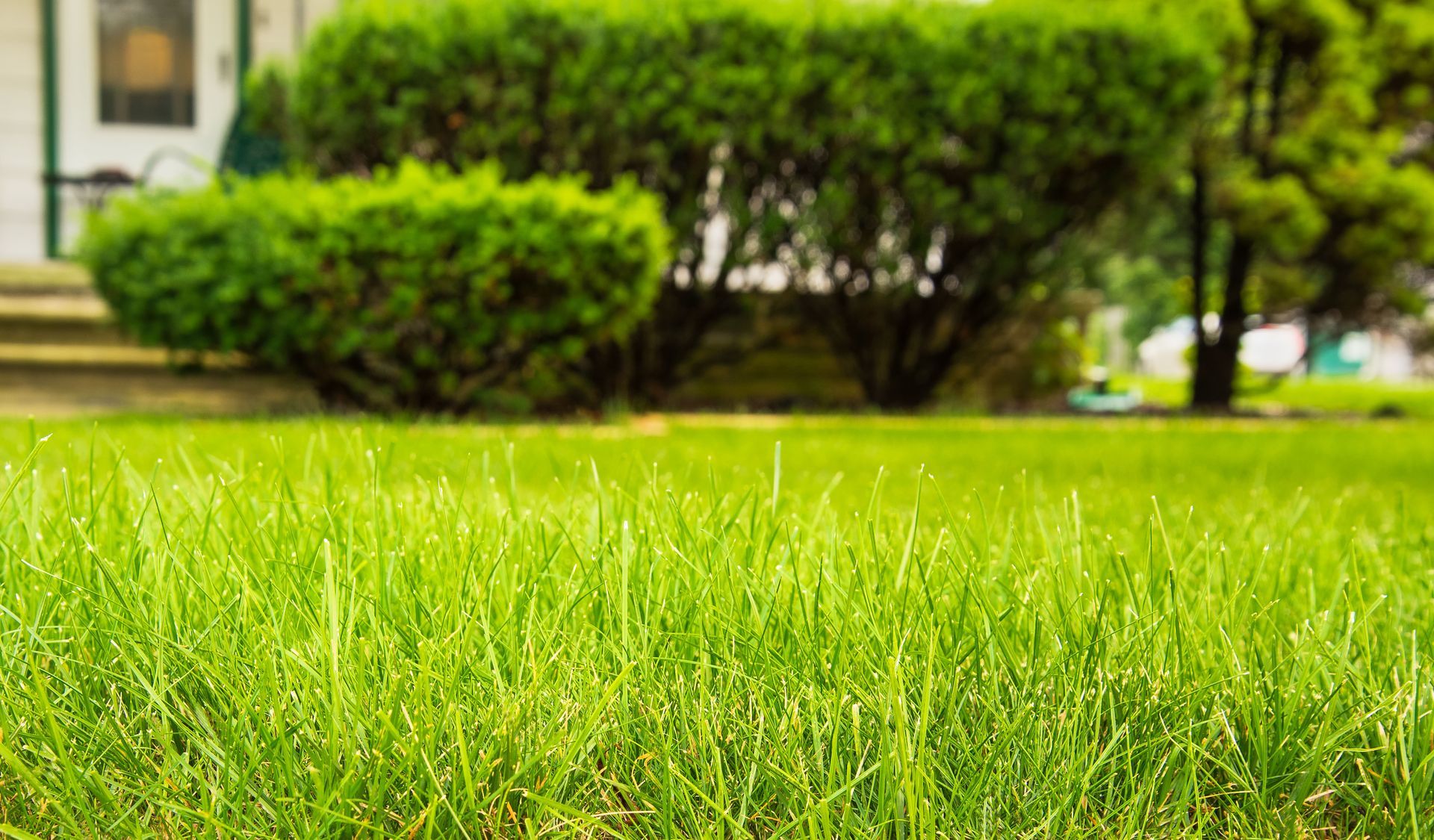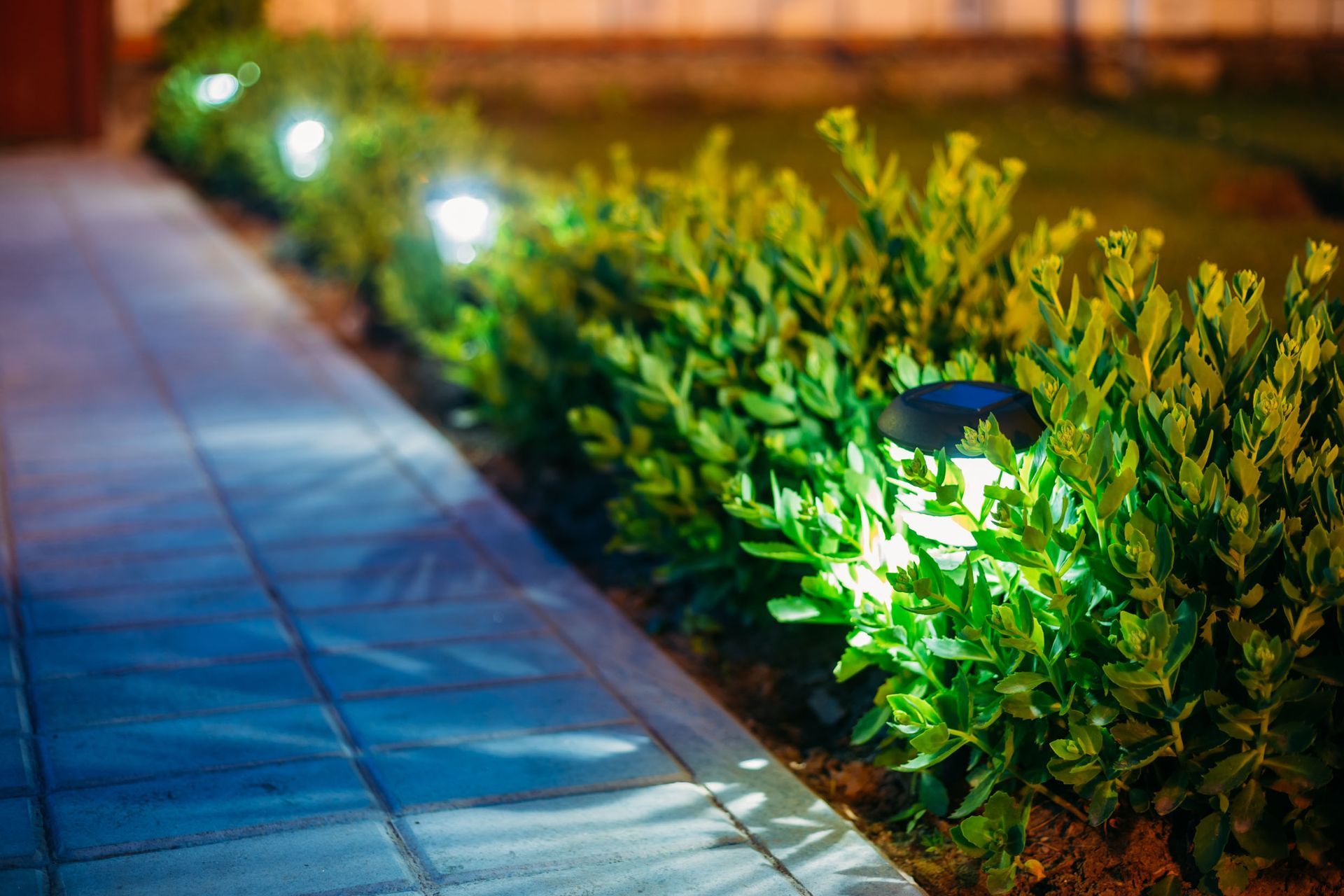Why Landscape Designers Recommend Native Plants
If you're working with landscape designers to develop your front or backyard, the designer may recommend that you use native plants. Native plants are at home in your specific area. So, what's the point of using native plants instead of non-native plants? Here are some of the reasons.
Your Native Plants Will Thrive
Native plants are plants that naturally occur in your area. This means that they usually don't need a lot of special requirements or attention. They thrive based on the weather, the amount of rainfall, and other environmental factors out of our control. This increases the chances of your plants growing and lasting, even for those who don't have a green thumb.
You Can Help Local Insects and Wildlife
One of the lesser-known reasons why landscape designers prefer native plants is because they help with local insects and wildlife. Native plants are what have sustained your local wildlife and insects for years. By planting native, you do your part to help sustain the local insects and wildlife in your area, which is needed for the ecosystem. Non-native plants can often be harmful to the eco-system as well.
Your Native Species Need Less Care and Maintenance
Lastly, native species simply need less care and maintenance when they are growing in their own environment compared to species of plants that are growing out of their natural environment. You may have to spend a lot of time ensuring the soil conditions, weather conditions, and water amounts are right for non-native species. This increases the amount of time spent with your plants. This is why landscapers offer this solution for homeowners who want a low-maintenance landscape.
There are a number of benefits associated with using native plants in your outdoor landscape design. However, the average homeowner has no idea what plants are native and which will thrive in their space. This is where landscape designers can come into play. According to Lively Root, San Antonio has multiple USDA Plant Hardiness Zones, including both USDA Zone 8b and Zone 9a, based on their temperatures. A landscape designer can help you decipher what this means for your lawn. Take the time to select plants that will thrive in this zone. If you're ready to start creating the perfect outdoor design for your needs, let us help. Reach out to Ford Landscape And Lawn Care today to get started.



Share On: